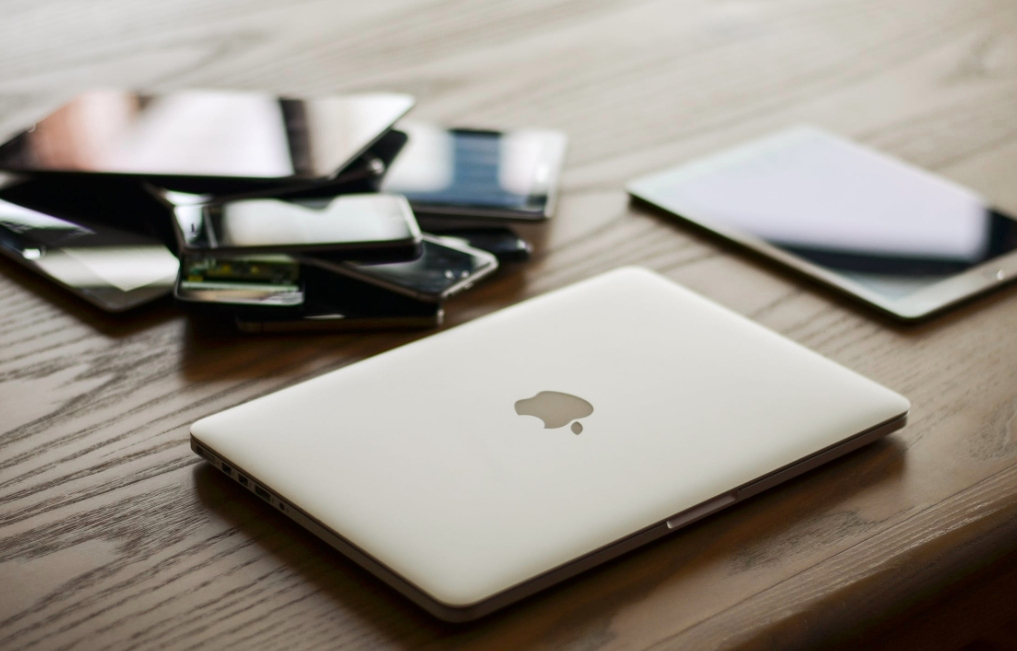
All omnichannel experiences use multiple channels, but not all multichannel experiences are omnichannel. How can this be? There’s often confusion about which retailers are truly omnichannel, but there’s a distinct difference between that and multichannel experiences.
Multichannel marketing refers to a retailer’s ability to interact with potential customers across various platforms. For example, it could be in-store, advertising, promotional events, desktops, and mobiles. The confusion is understandable as omnichannel also refers to connecting with customers across multiple channels. But the difference is an omnichannel experience prioritises integration between the channels. The customer could shop on their mobile, at home, in-store, or over the phone and their experience would be seamless.
They may seem similar, but the two approaches lead to very different sales strategies for retailers.
The differences
Omnichannel approaches put the customer at the core of the services, ensuring a consistent, unified experience at every touchpoint. In comparison, multichannel just ensures there are multiple touchpoints. Also, omnichannel focuses on the customer experience through consistency, ensuring every customer receives the same experience and message through each channel. Multichannel, on the other hand, aims to maximise engagement across channels by casting their net as far as possible.
Another key difference is how omnichannel should be effortless. The key is to find where effort exists in the customer experience and eliminate it. Multichannel approaches tend to consider the number of channels available to connect with consumers.
Some examples of true omnichannel companies include:
- Disney
- Starbucks
- Virgin Atlantic
- Sephora
The benefits of omnichannel
Multichannel helps you reach a wider audience and essentially opens you up to more sales. The only cons that exist with either method depend on how you use them. However, many businesses in retail believe omnichannel is the future and so do customers. Around 87% of customers think brands need to put more effort into providing a seamless experience. Omnichannel is great because:
- It puts your customers at the centre of your brand giving them more control and better management over their own experiences
- It’s outcome-focused, reducing back-office complexities and providing automation to repetitive tasks
- It’s data-driven, automatically capturing useful data to improve the customer experience
- There are automated pathways to increase customer self-service and to reduce time wasted
- It’s more convenient for customers who can choose to shop when and where is best for them, greatly increasing satisfaction
While it is the future, it might not be immediately accessible to all retailers due to the difficulty in transitioning to omnichannel. You’ll need to invest in new technology and training for your team members which can hike up costs significantly. A gradual transition may be more achievable and beneficial if you’re starting from scratch.
Whether you opt for a multichannel or omnichannel approach in retail, it’s up to you to ensure you have the right tools available to make the most of either strategy. This starts by choosing the right foundation for your eCommerce.
Shopit makes the transition to omnichannel easy by prioritising seamless customer experiences. Our platform runs efficiently on desktop and mobile, helping you connect your channels from one dashboard. For more information, take a look at our website today.

Surahi believes in that good people, good processes and structure produce great companies.
With a keen interest in globalisation and personalisation, she writes about the opportunities for growth to everyone